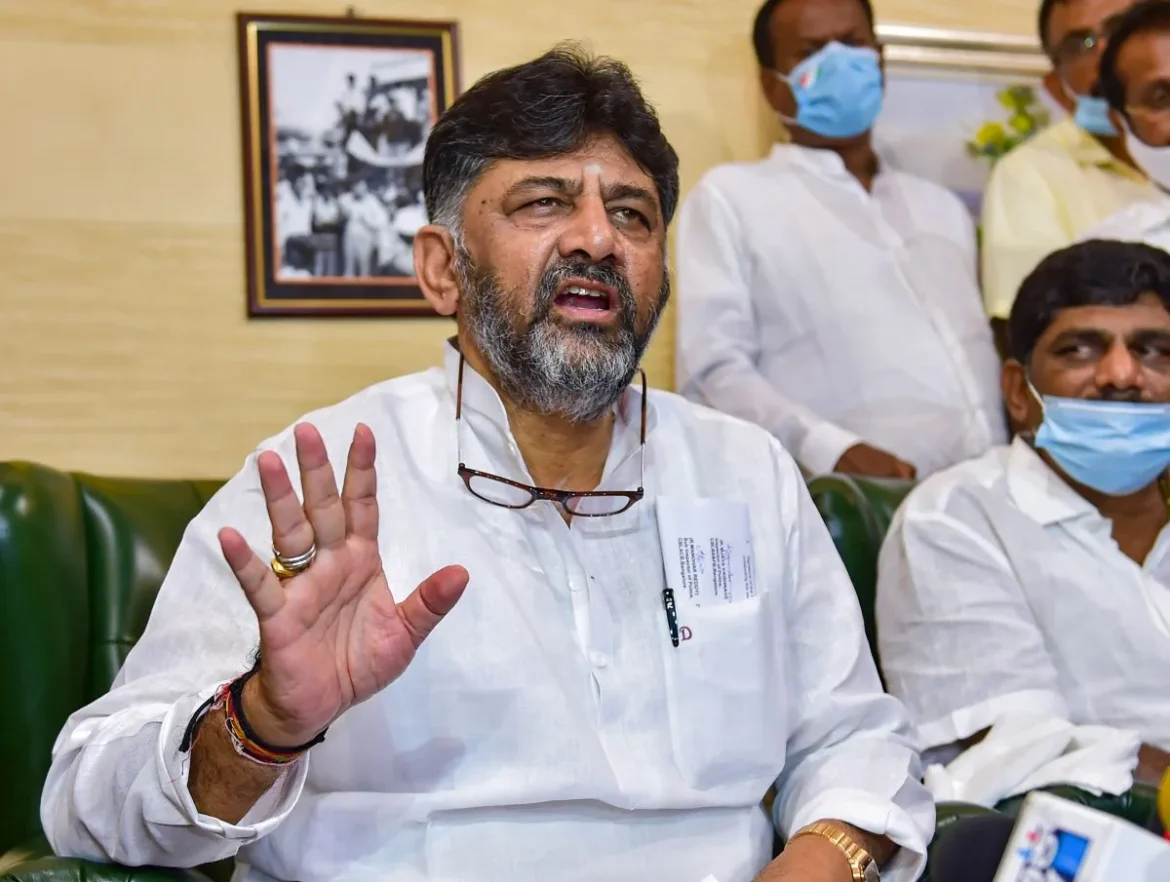In a landmark decision, the Karnataka government has announced the closure of nine newly established universities, citing financial constraints, faculty shortages, and infrastructural concerns. This move has triggered a widespread debate on the state’s approach to higher education, with stakeholders questioning whether this is a step towards progress or a setback for students and educators alike.
The Reasons Behind the Drastic Move
Higher Education Minister Dr. M.C. Sudhakar outlined the following critical reasons for the decision:
- Insufficient Funding: The previous administration sanctioned these universities with a meager ₹2 crore each, an amount deemed grossly inadequate for operational sustainability.
- Faculty Shortages: Many of these institutions struggled to recruit qualified educators, leading to concerns about academic quality and credibility.
- Low Enrollment Rates: Several universities failed to attract a sufficient number of students, raising doubts about their viability and long-term relevance.
- Resource Misallocation: The state government now aims to consolidate resources to strengthen existing institutions instead of spreading funds thin over multiple new universities.
Karnataka’s Higher Education Landscape: The Numbers
- 28 State-Run Universities
- 17 Private Universities
- 11 Deemed-to-be Universities
According to the Karnataka State Higher Education Council (KSHEC), establishing a new university requires an estimated ₹342 crore over five years, excluding land acquisition costs. Given the substantial financial burden, the government’s decision to focus on optimizing existing institutions rather than creating new ones appears to be a calculated strategy.
Impact on Students, Faculty, and Higher Education in Karnataka
The decision to shut down these universities is expected to have significant consequences:
- Students: Those currently enrolled may face uncertainty regarding credit transfers, degree completion, and future academic opportunities.
- Faculty: Many educators may be reassigned to other universities, while others could face unemployment, adding to the concerns of the academic community.
- Existing Universities: Strengthening well-established institutions could improve infrastructure, research facilities, and overall academic standards in the long run.
Aligning with the National Education Policy (NEP)
The government’s decision aligns with the New Education Policy (NEP), which advocates for reducing the number of universities and colleges to enhance educational quality. By consolidating resources, Karnataka aims to create a more robust and globally competitive higher education system.
What’s Next for Higher Education in Karnataka?
The path ahead remains uncertain as the government navigates the challenges of university closures. The success of this strategy will depend on:
- Effective student relocation and support measures.
- Redeployment of faculty and administrative staff.
- Strategic investment in existing universities to enhance their capabilities.
Interesting Read
Conclusion: A Step Towards Quality or an Educational Setback?
While the government claims this decision is a strategic move to prioritize quality over quantity, critics argue that shutting down universities may limit access to higher education in rural and underprivileged areas. The ultimate impact of this policy will be determined by how efficiently the state manages the transition and strengthens the higher education framework. Only time will tell whether Karnataka’s bold move will set a precedent for quality-driven education or create new challenges for students and educators alike.


